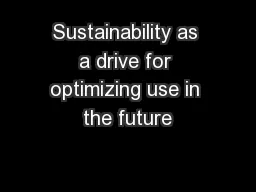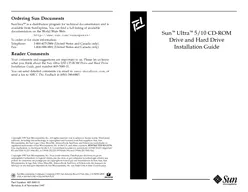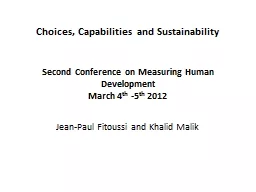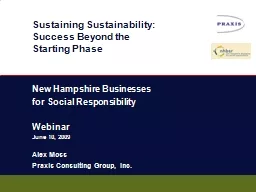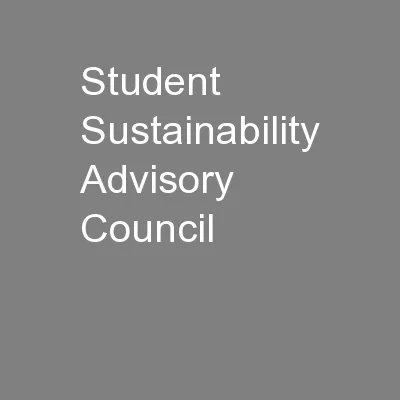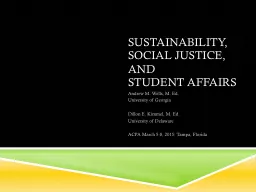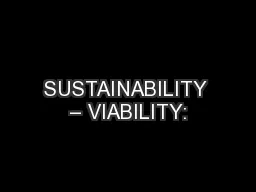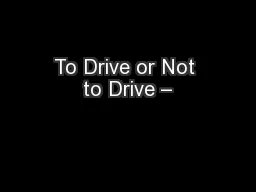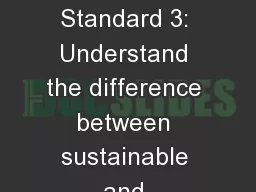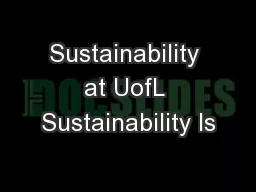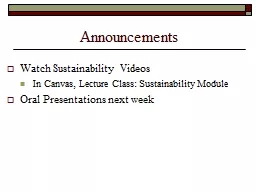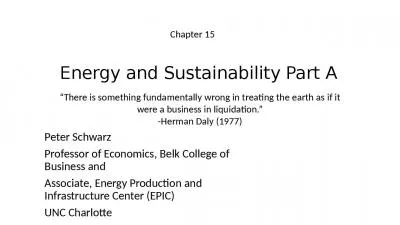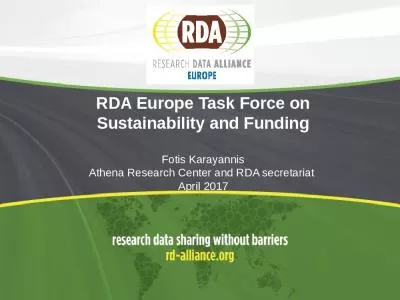PPT-Sustainability as a drive for optimizing use in the future
Author : stefany-barnette | Published Date : 2017-10-30
Challenges Rick Lindeman Rijkseaterstaat Ecomm May 31st 2017 Timeline 2011 Optimizing use starts Largest mobility maangement programme in dutch history
Presentation Embed Code
Download Presentation
Download Presentation The PPT/PDF document "Sustainability as a drive for optimizing..." is the property of its rightful owner. Permission is granted to download and print the materials on this website for personal, non-commercial use only, and to display it on your personal computer provided you do not modify the materials and that you retain all copyright notices contained in the materials. By downloading content from our website, you accept the terms of this agreement.
Sustainability as a drive for optimizing use in the future: Transcript
Download Rules Of Document
"Sustainability as a drive for optimizing use in the future"The content belongs to its owner. You may download and print it for personal use, without modification, and keep all copyright notices. By downloading, you agree to these terms.
Related Documents

